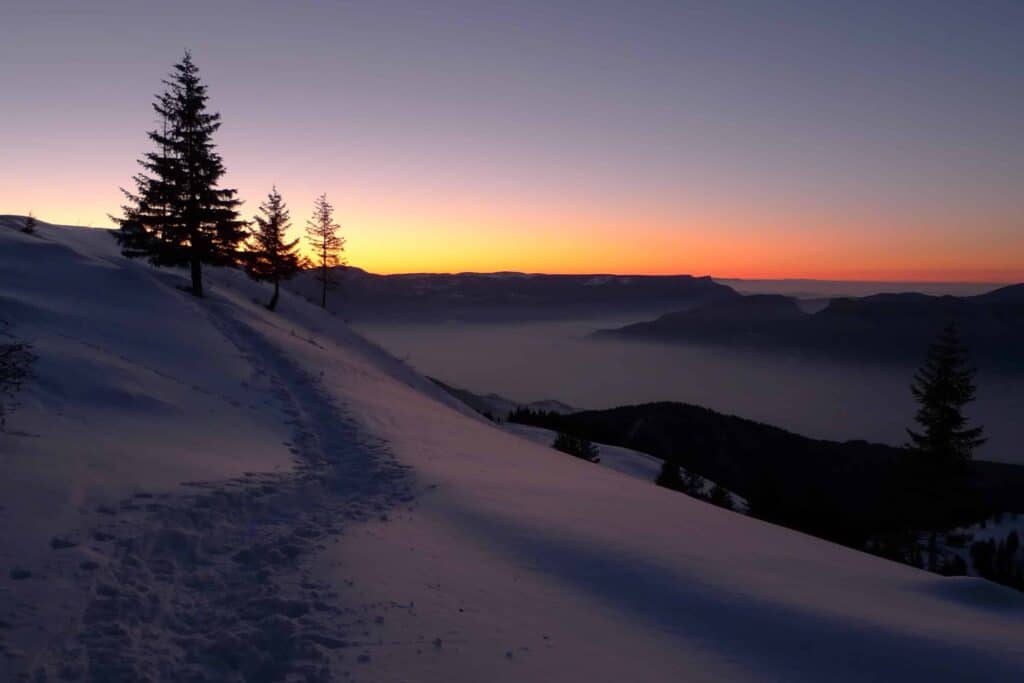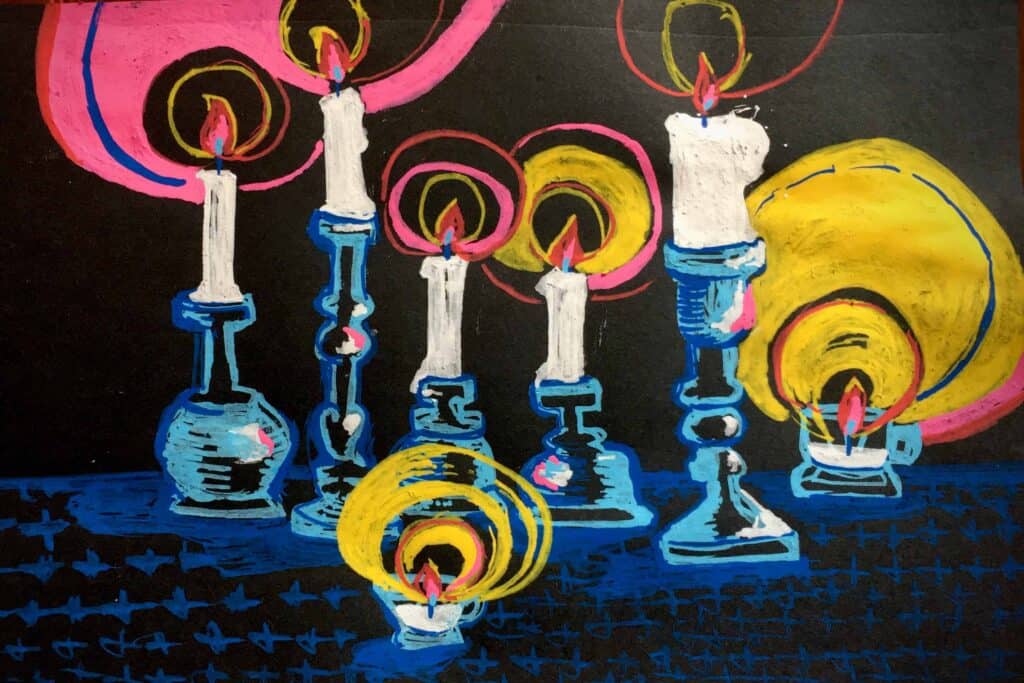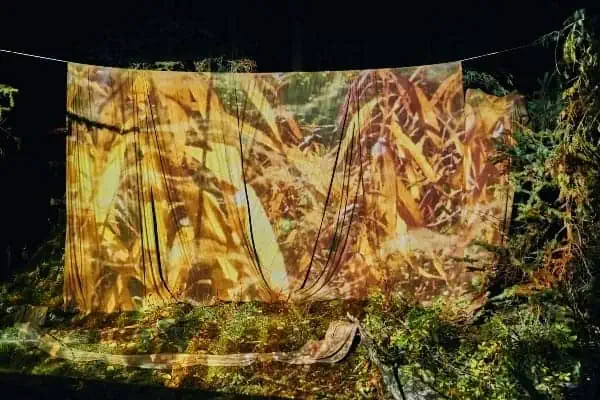Winter Solstice from way back


The longest night, the shortest day. Either way you measure, if you celebrate during or near midwinter, or Winter Solstice, usually falling on December 21 or December 22 each year, you are echoing ancient history and traditions passed forward from pre-Christian times from around the world.
North and south, historically people have made the darkest time of the year a time of observance and celebration—including the relatively new festival of Christmas, which is a combination of the pagan festivals Winter Solstice and Yule, with Christian scripture and symbols.
In attempts to convert a population across Europe that was hesitant to practice the new ways of Christianity, the church adopted and combined pagan traditions with the church’s religious rites and calendar. There were already many flourishing and established belief systems and religions with festivals aligned with astronomical events such as Winter Solstice/Midwinter and other motions of the planet and stars. Meanwhile …
“The Christian church had no holidays of its own; every feast in the Christian calendar was borrowed from the pagans, including Easter and Christmas,” writes researcher Barbara Walker. “Roman festivals were particularly tenacious, until they had to be given Christian names to excuse the people’s continued celebration of them” (Walker 1983, 760).
When in Rome (Ancient Rome that is), during the festival of Saturnlia (celebrated around the Winter Solstice), you would see Christmas-like behaviour, with several days of feasts, games and gift giving. Fascinatingly, during Saturnlia, “slaves did not work and were briefly treated as equals” (Encyclopaedia Britannica 2022)—something I can’t help but to darkly compare to a lavish office party and the paid holidays of many salaried workers in the time of late capitalism/now.
Another example of the mixing of older Solstice traditions with Christianity is found in Scandinavia. St. Lucia’s Day is a festival of lights celebrated in Scandinavia. The Encyclopedia Britannica tells us, “Although it is now meant to honor St. Lucia, a Christian martyr, St. Lucia’s Day has been incorporated with earlier Norse solstice traditions, such as lighting fires to ward off spirits during the longest night [solstice].” During the festival, “Girls dress up in white gowns with red sashes and wear wreaths of candles on their heads in honor of St. Lucia.” A holiday outfit which sounds, like so many Norse things, simultaneously dangerous and gorgeous.
Pagan animal symbols associated with Winter Solstice and Midwinter include Lynx, Moose, Polar Bear, Panther, Snake, Bobcat (late winter) and Cattle. The pagan powers and magical elements associated with winter are deep—things like banishment, death, dreamwork, destruction, illumination, insight, introspection, crone/s, magic, sleep, sorrow and grounding. Other symbols and correspondences with winter are Pentacles, Diamond, Labradorite, Moonstone, Clear Quartz, Sapphire, Turquoise, and more animals such as Snake, Magpie, and Swan (Kynes 2013).
In paganism, the magic of names and objects, themes and stories are deeply rooted in the passage of time. Spells and intentions of Midwinter/Winter Solstice are aligned with the work one can accomplish in the real and metaphoric darkness. As the very old pagan saying goes, “As above, so below,” meaning—let the actions of earthly beings align with the stars, the fates and the rhythm of nature. Said another way, let the meanings of the stars influence the action on Earth. When it is dark, use the dark to celebrate light, as well.
During the time of Winter Solstice, my sisters and brothers in contemporary Iran celebrate the ancient-Persian festival Yalda, or Shab-e Yalda, also the last day of the Persian month of Azar. The triumph of light over dark, and the birthday of the sun god Mithra are celebrated, and “families celebrate together with special foods like nuts and pomegranates and some stay awake all night long to welcome the morning sun” (Encyclopaedia Britannica 2022).
Wherever you are, may peace be with you and yours this Winter Solstice Season.




